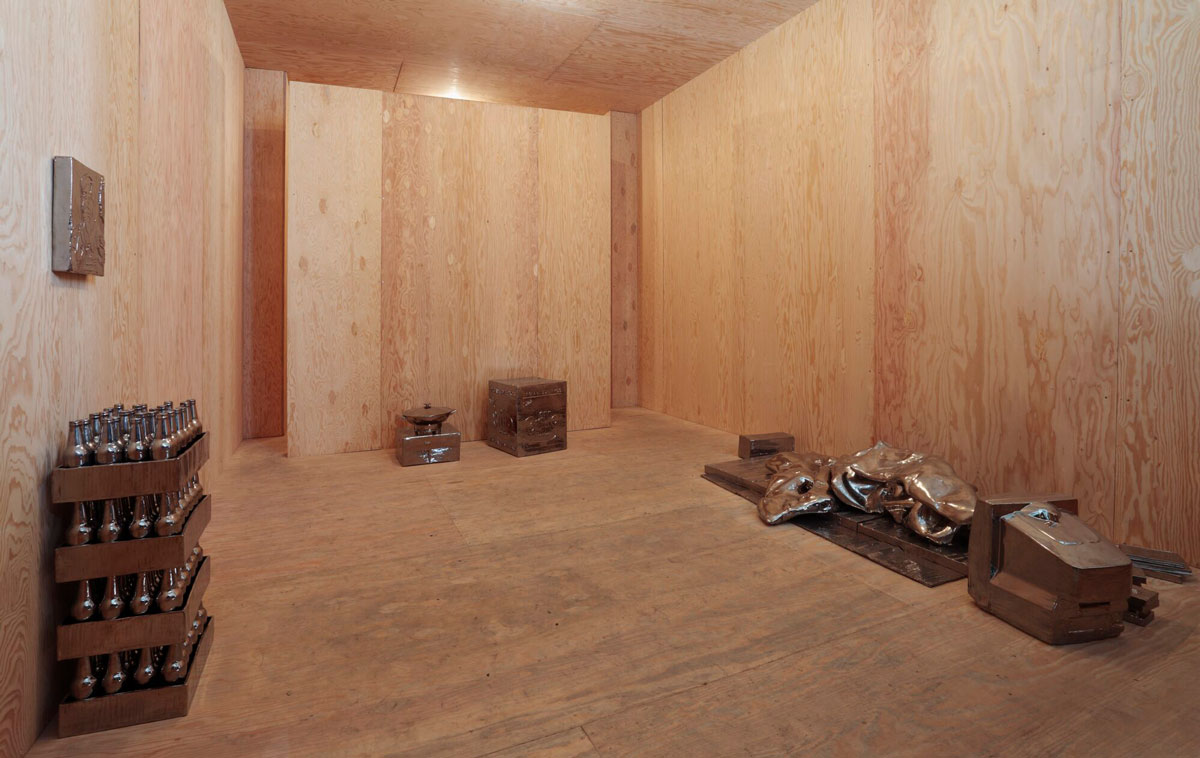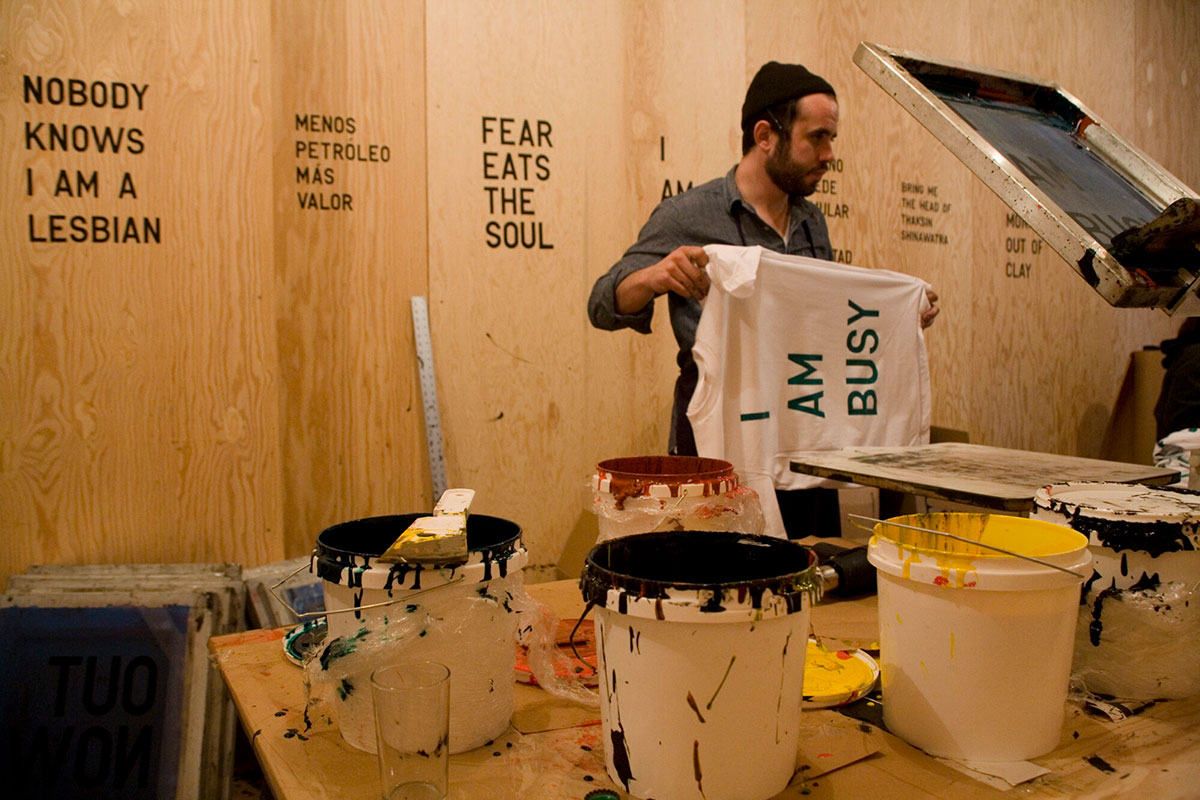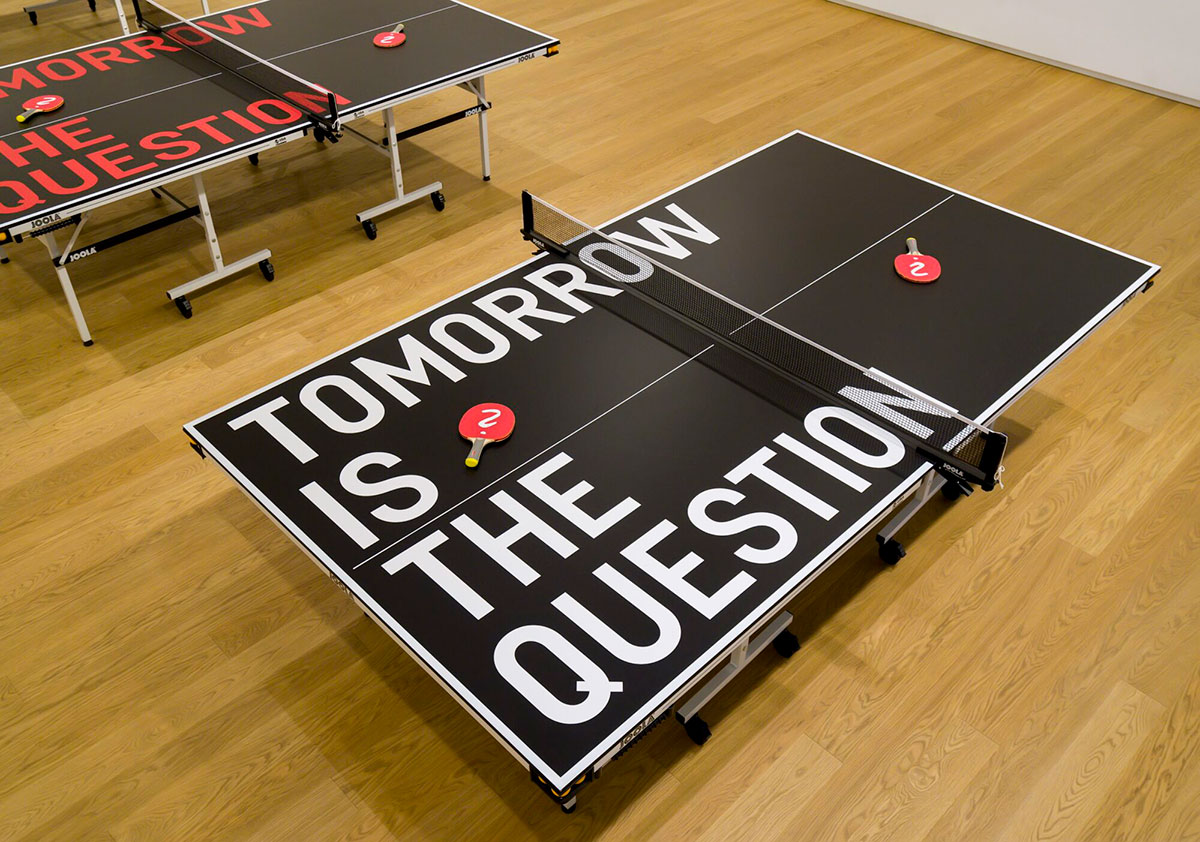ART CITIES: N.York-Rirkrit Tiravanija
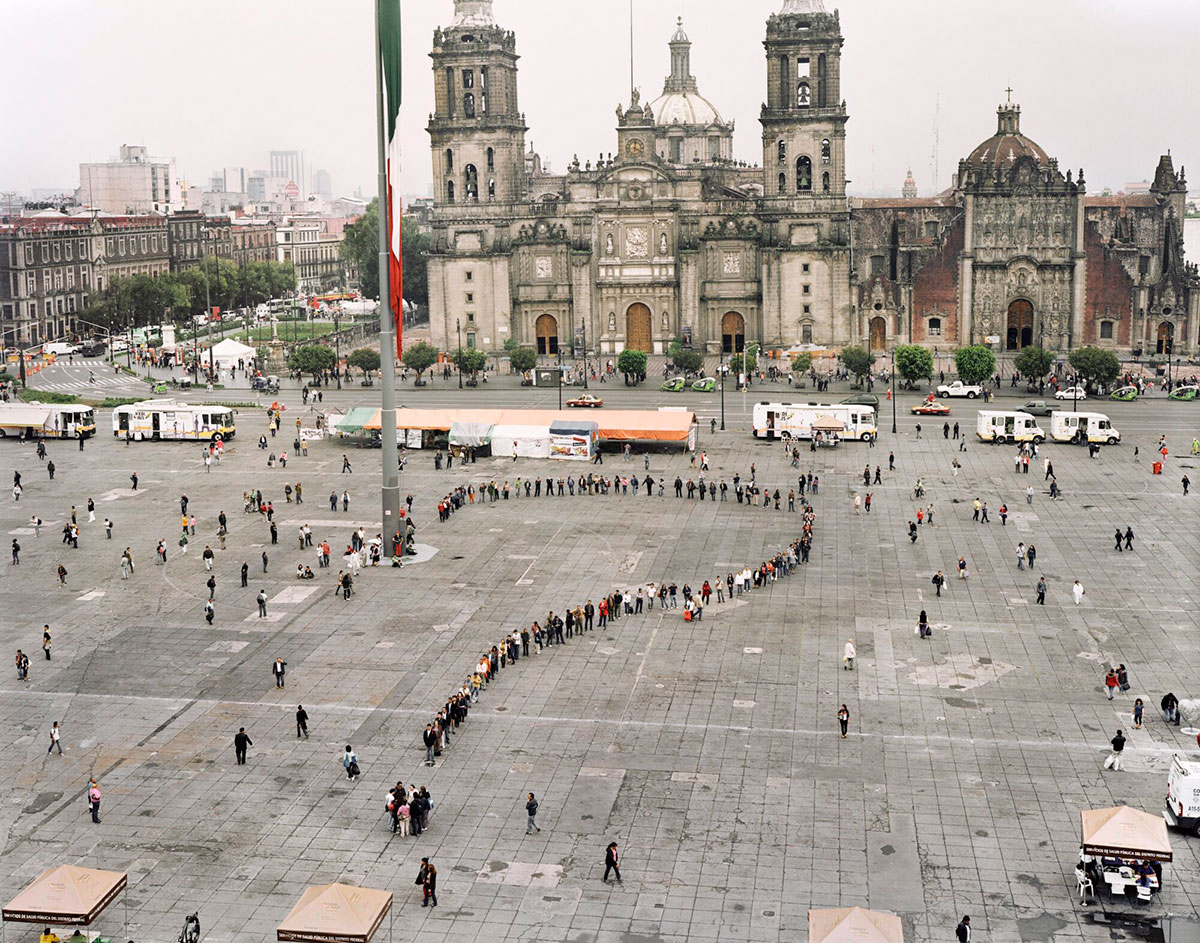 Even though Rirkrit Tiravanija’s diverse artistic production eludes classification, he has accurately described it as “relational”: a body of work focused on real-time experience and exchange that breaks down the barriers between the object and the spectator while questioning the art object as fetish, and the sacredness of the gallery and museum display.
Even though Rirkrit Tiravanija’s diverse artistic production eludes classification, he has accurately described it as “relational”: a body of work focused on real-time experience and exchange that breaks down the barriers between the object and the spectator while questioning the art object as fetish, and the sacredness of the gallery and museum display.
By Dimitris Lempesis
Photo: MoMA Archive
The exhibition “A Lot Of People” is the first US survey and traces four decades of Rirkrit Tiravanija’s career and features over 100 works, from early experimentations with installation and film, to drawings, works on paper, ephemera, sculpture, and newly produced “plays” of key participatory works. From the start of Tiravanija’s practice, a critical material for his works has been the presence of “a lot of people”—a purposefully broad and expansive term that stands as an open invitation to everyone and anyone, present and future. Surveying his practice as a sculptor, filmmaker, traveler, collaborator, and mentor, the exhibition provides an overview of the striking complexity of Tiravanija’s pluralistic and itinerant efforts to “bring people in” to encounter each other and “make less things, but more useful relationships”. The exhibition gathers rarely seen early works from the late 1980s and 1990s, a period in which the artist was developing a post-studio practice and introducing biographical references to highlight his experiences as an immigrant with a palpable sense of “otherness” in a Western-centric art world. These works include many original sculptures, installations, and editions, some of which have been subsequently reimagined, cast, and memorialized over the years in new materials from plaster to bronze. Formative to his early practice, Tiravanija’s concern with the politics of the personal expanded into works that tackle global politics as well as the quotidian news cycle. Works from his “Demonstration Series” (2001- ), drawings rendering photographs found in the International Herald Tribune, are presented alongside his evolving series of text pieces on newsprint, and appropriations of other artists, such as Philip Guston. To make many of these works, Tiravanija has set up a studio near his home in Chiang Mai, Thailand, creating an economy of art production that is explicitly localized and collaborative. Much like his site-specific installations, such works always depend on an element of reciprocity, challenging notions of authorship. Several interactive works will also be on view, along with stagings of five participatory works scheduled at month-long intervals throughout the run of the exhibition. These include iconic pieces such as “untitled 1990 (pad thai)” (1990) and “untitled 1994 (angst essen seele auf)” (1994), as well as more recent works such as “untitled 2011 (t-shirt, no t-shirt)” (2011), which invite audiences into a series of real-life exchanges and interactions. These site-specific stagings acknowledge the distinct times and contexts in which these works were originally enacted, creating an experience in which audiences can observe, as well as take part in, the happenings with critical distance. As plays, these works propose new models for narrating and understanding contemporary art history.
Photo: Rirkrit Tiravanija. U.F.O. – NAUT JK (Július Koller). Mexico City, 2012. Image courtesy kurimanzutto, Mexico City / New York. Photo: Michel Zabé & Omar Luis Olguín, 2012
Info: Curators: Ruba Katrib and Yasmil Raymond, Assistant Curators: Jody Graf and Kari Rittenbach, MoMA PS1, 22-25 Jackson Avenue, Queens, NY, USA, Duration: 12/10/2023-4/3/2024, Days & Hours: Mon, Thu-Fri & Sun 12:00-18:00, Sat 12:00-20:00, www.momaps1.org/
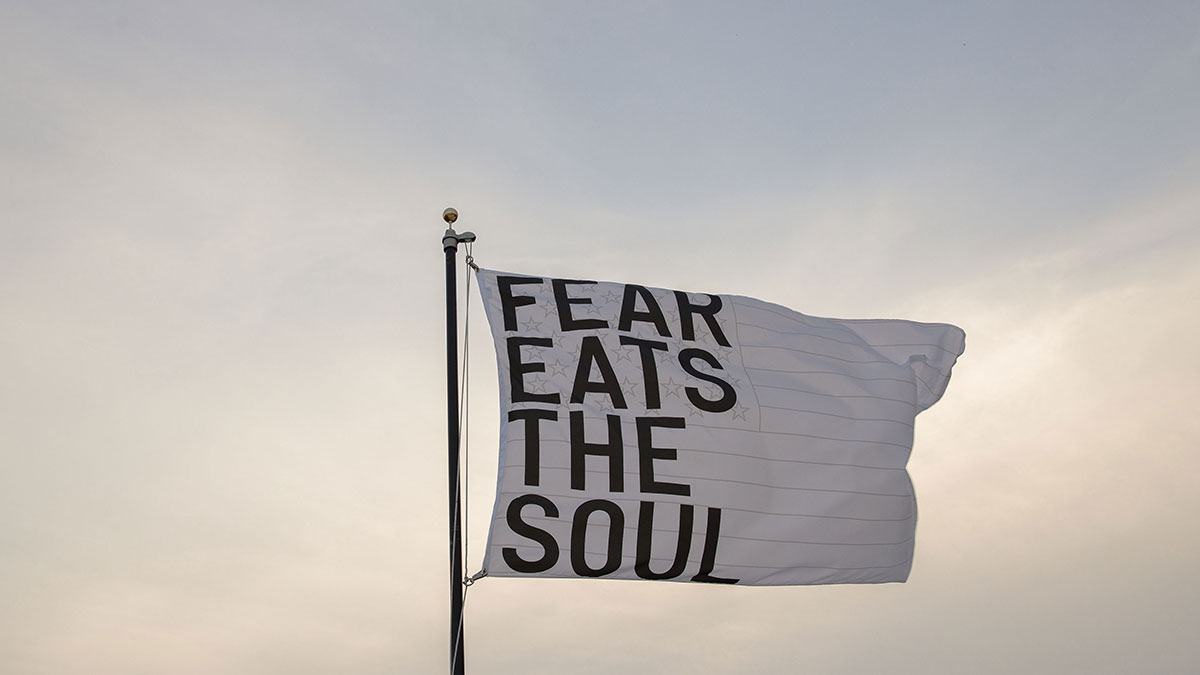
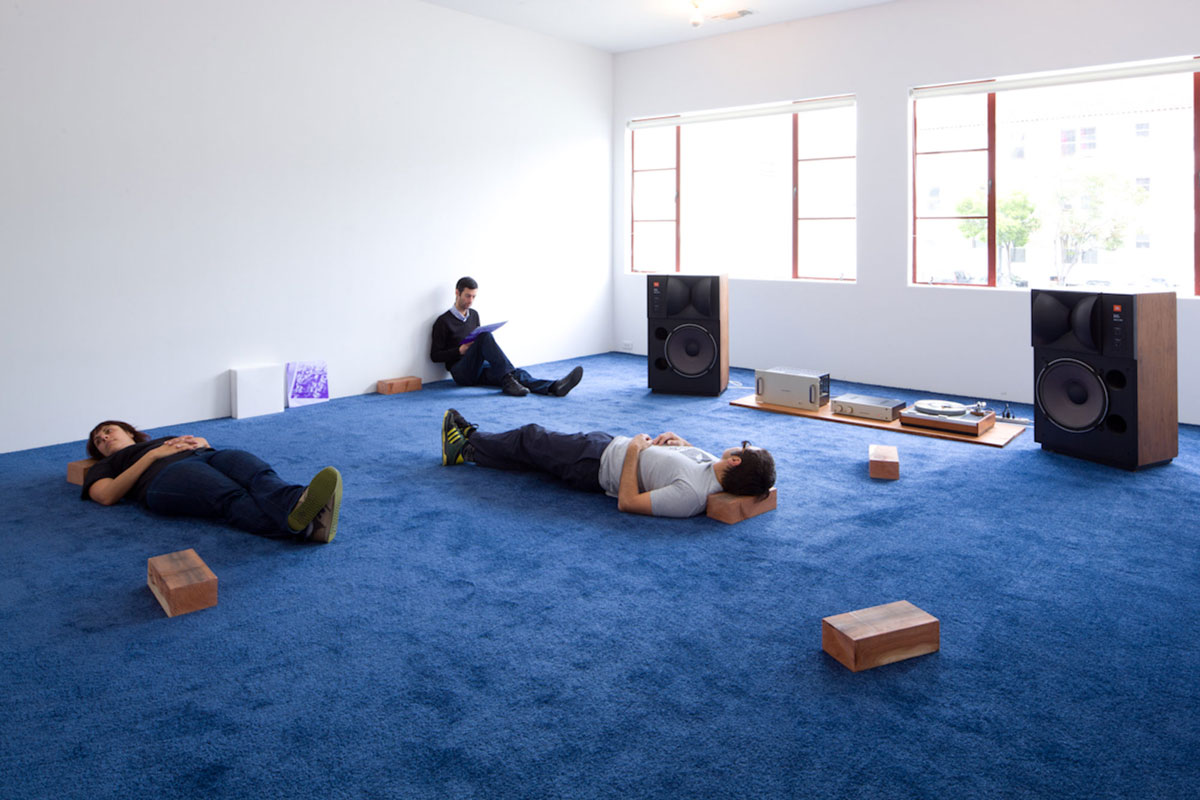
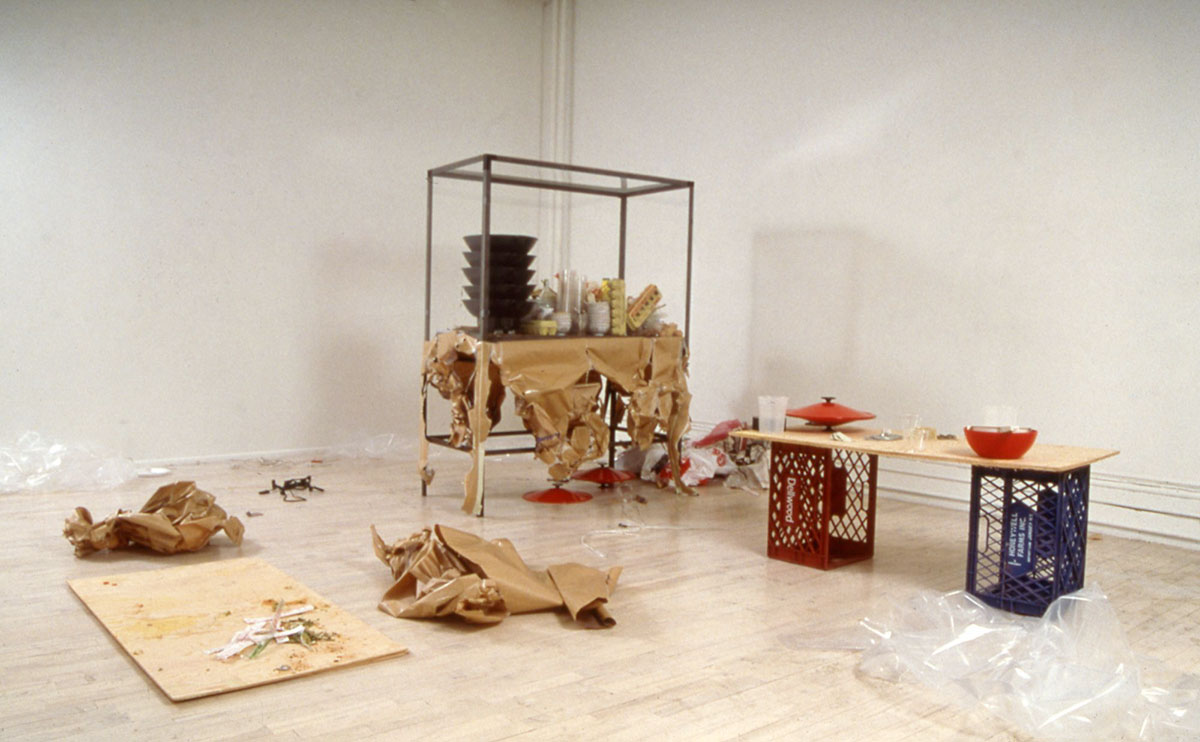
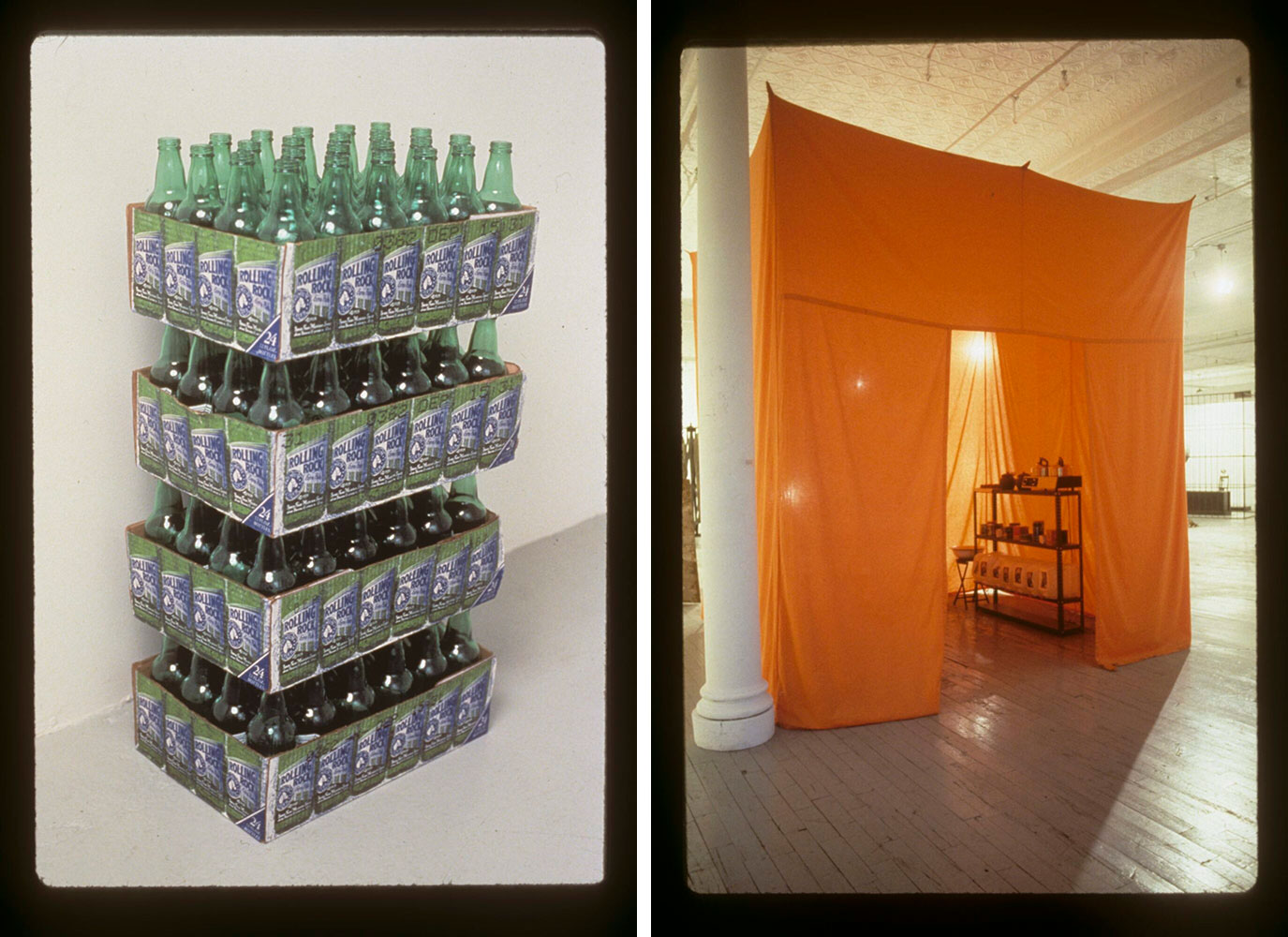
Right: Rirkrit Tiravanija. untitled 1992 (cure). 1992. Cloth tent, table, stools, teakettles, hot plate, ceramic teapots and cups, metal shelf, loose Chinese herbal tea, and water. Carnegie Museum of Art, Pittsburgh. A.W. Mellon Acquisition Endowment Fund. Courtesy Rirkrit Tiravanija Archive, Berlin
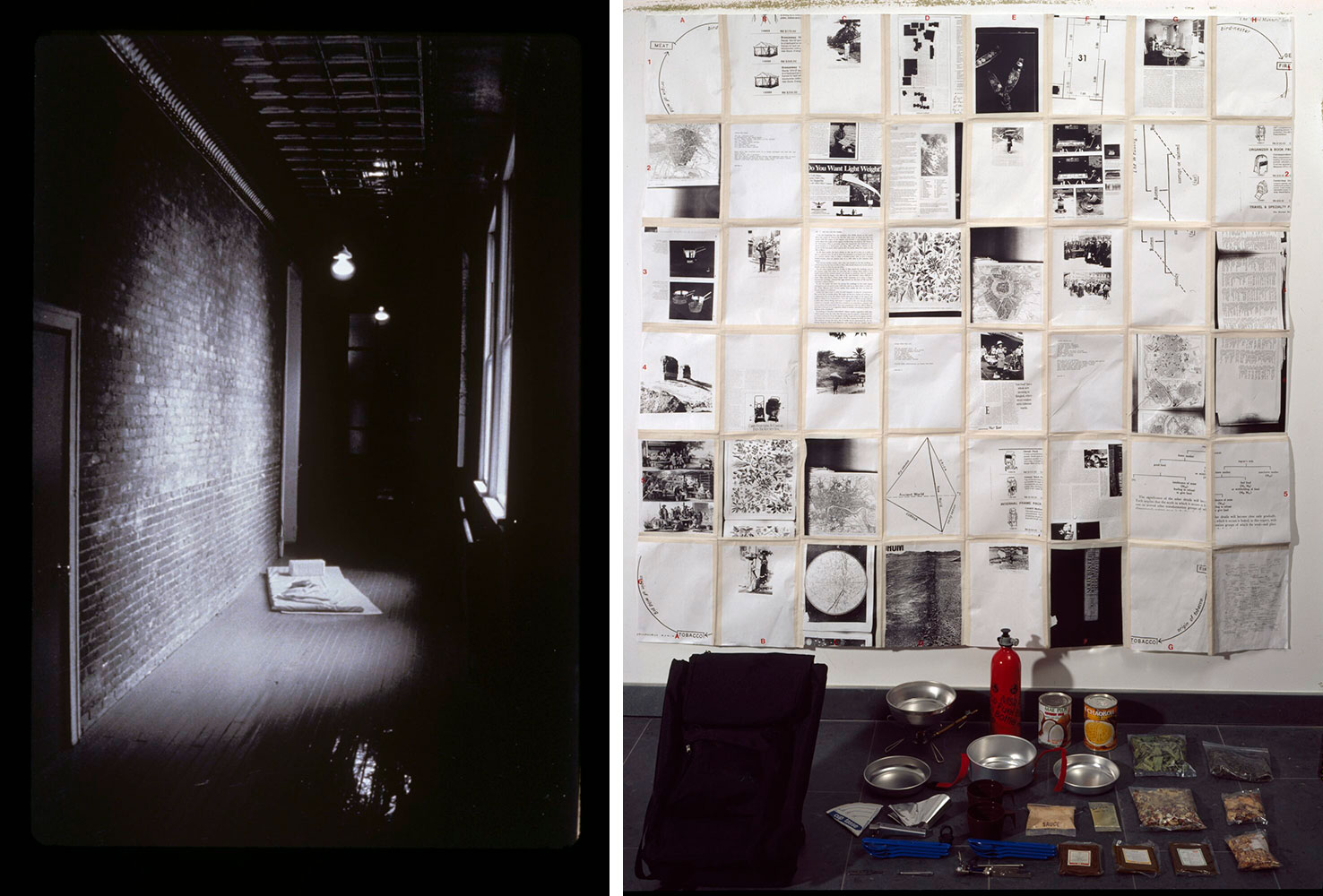
Right: Rirkrit Tiravanija. untitled 1993 (rucksack installation). 1993. Camping stove, dishes, can opener, cutlery, and ingredients for a Thai rice meal. Rucksack: 15 ¾ × 12 ⅝ × 11 7/16″ (40 × 32.1 × 29.1 cm). Map: 76 5/16 × 68 ⅛” (193.8 × 173 cm). Published by Klosterfelde Edition. Courtesy Rirkrit Tiravanija Archive, Berlin

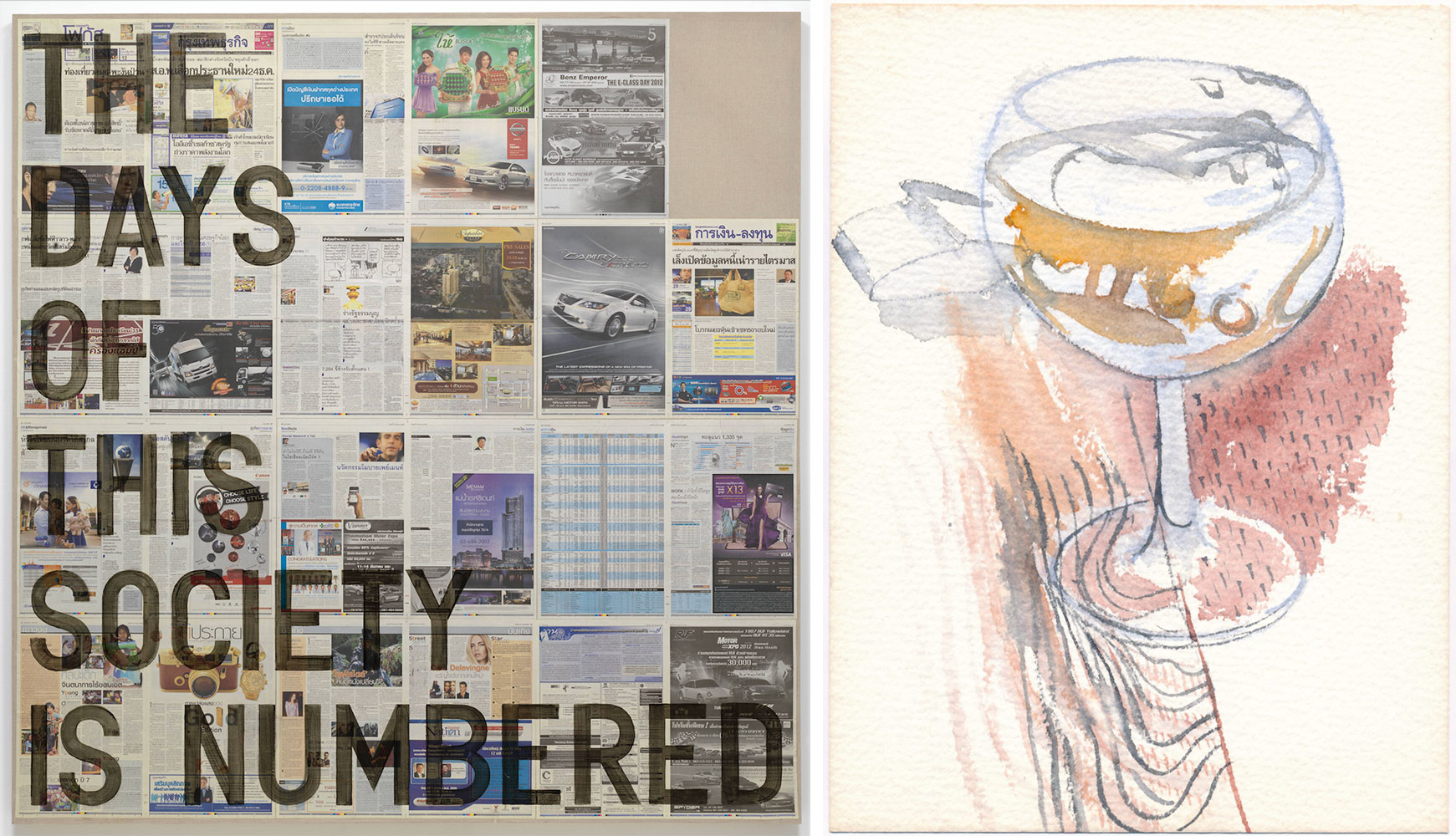
Right: Rirkrit Tiravanija. untitled 1993 (wine glass). 1993. Watercolor on paper, 7 15/16 × 5 15/16″ (20.2 × 15.1 cm). Courtesy Rirkrit Tiravanija Archive, Berlin
